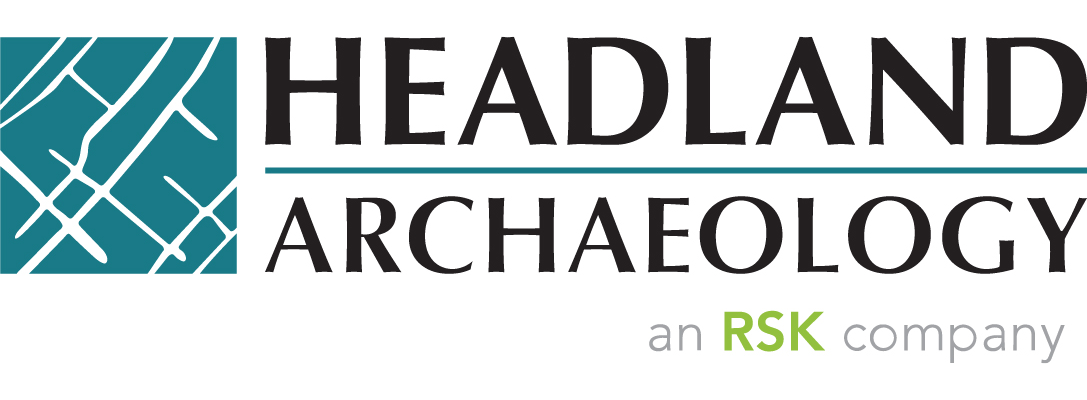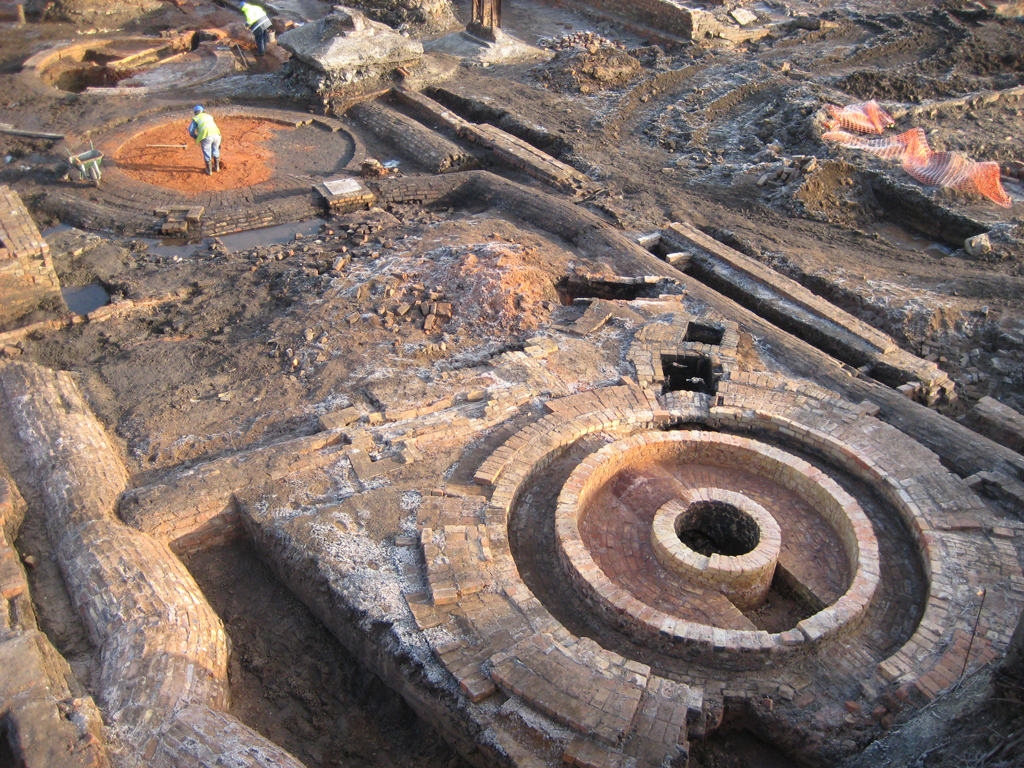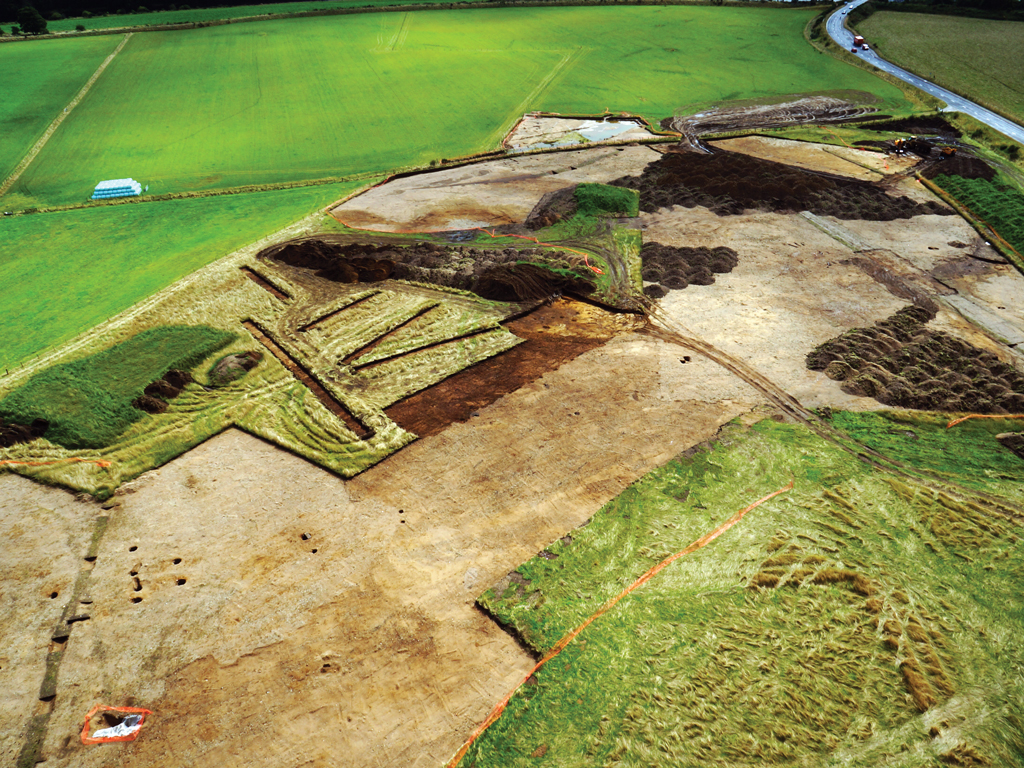Headland regularly carries out excavations throughout the UK on a wide range of developments, including road and rail, wind and solar farms, house-building, commercial property, utilities and grid connections. As one of the largest archaeological contractors in the UK, we are able to resource excavations with the right number of staff and equipment to meet the clients’ programme. Our staff are all graduates and our work meets the exacting standards expected by local authority curators and the Chartered Institute of Archaeologists (CIfA), of which our company is a Registered Organisation.
By the time our clients reach the decision to progress to excavation, we already have a sound assessment of the scale and cost of the works required. Every excavation is different and presents different challenges. Some sites are unique, rare and of national importance; others are quite common and often badly eroded by centuries of ploughing or truncated by the foundations of modern buildings. No matter what the challenge a particular site may present, we work closely with all the stakeholders to devise a strategy that deals with each site on its own merits, recovering the most important information in the most efficient way.
Our project managers are pragmatic, resourceful and confident and able to respond quickly and decisively on-site. They communicate constantly with clients and contractors, and with the senior archaeologists and operational teams, to ensure that works are progressing smoothly.
Headland is regularly appointed Principal Contractor. We make extensive use of mechanical plant and undertake major earthworks for clients. Our experience on major road and rail schemes means all our work is done safely, to the highest standards and all our staff carry CSCS cards. We are used to working alongside other contractors and managing our own supply chain and sub-contractors.
The end result of any excavation should be a thorough understanding of the site, how it developed over time and of the people who lived or worked there. We do this by preserving it ‘by record’, so that it exists as a series of drawings, written records, photographs and 3D data, along with a sample of all the physical finds. We make sure we are using the latest technological tools available to archaeologists. From digital survey to photogrammetry, all our products are BIM-ready.
The physical excavation of a site is only half the job. Typically some 40% – 50% of the total cost of an excavation goes towards the cost of writing up and disseminating the results to academic and popular audiences. We provide an initial assessment of the excavation results, setting out what further analysis is appropriate, then we focus on preparing the results for publication.






